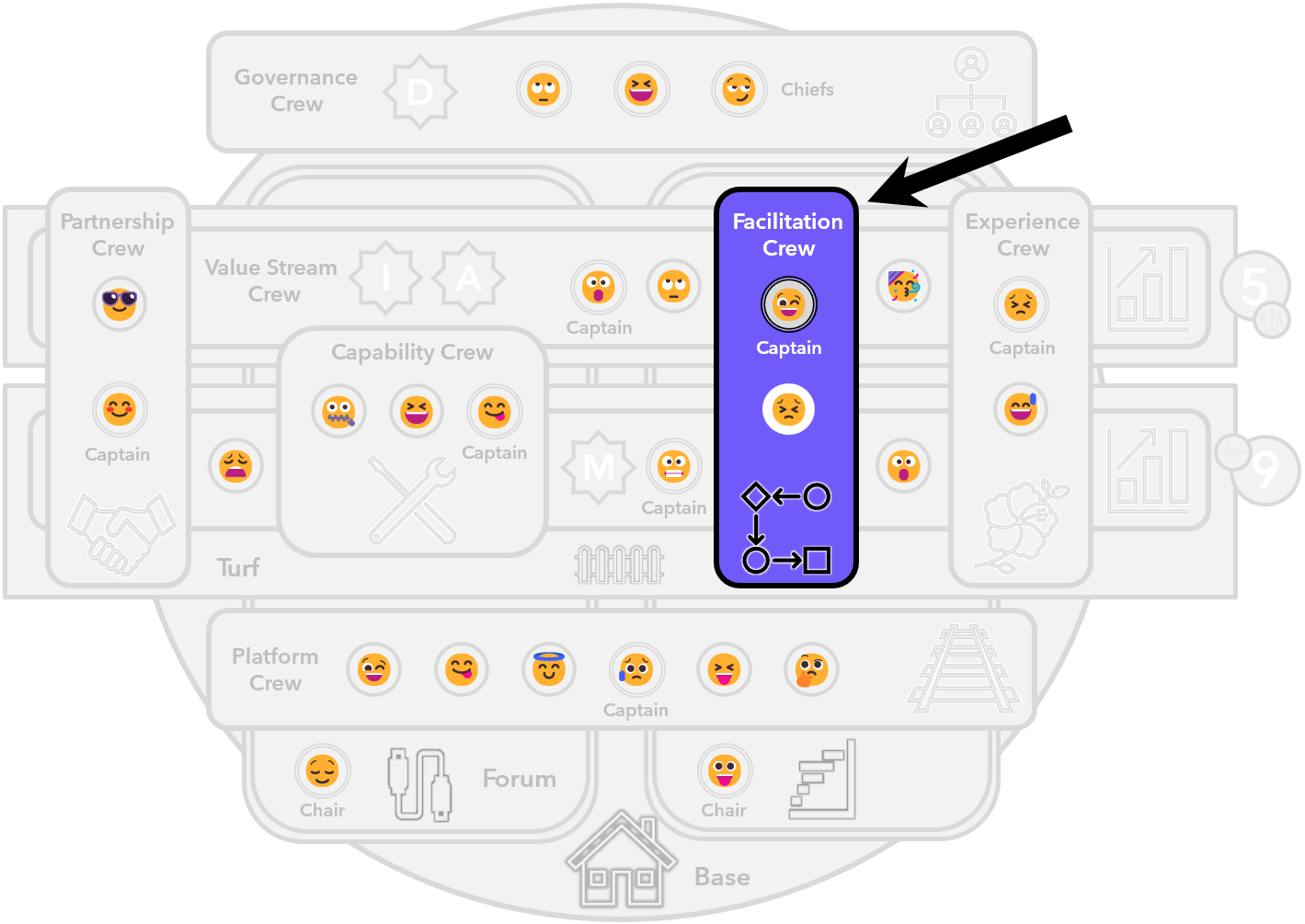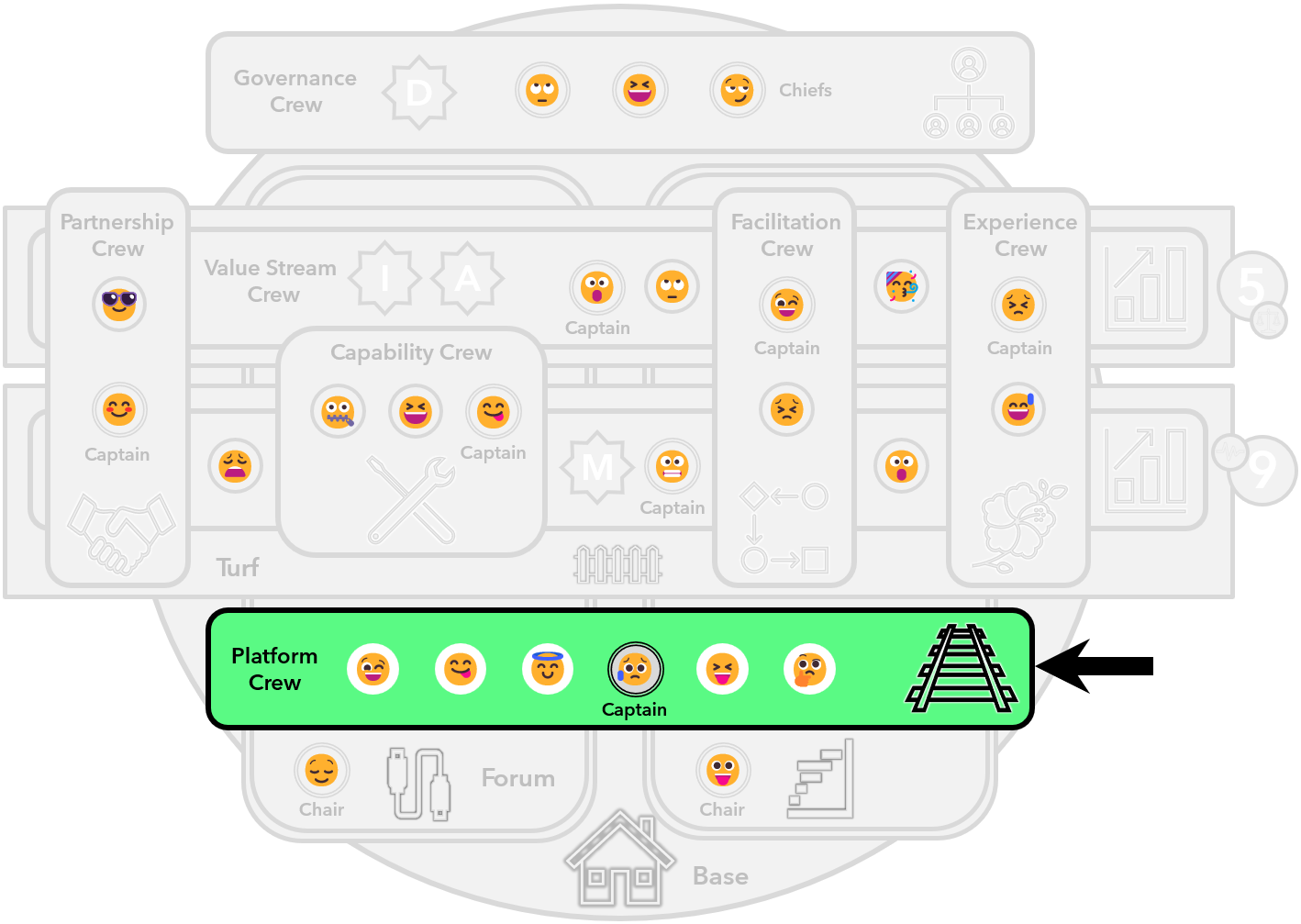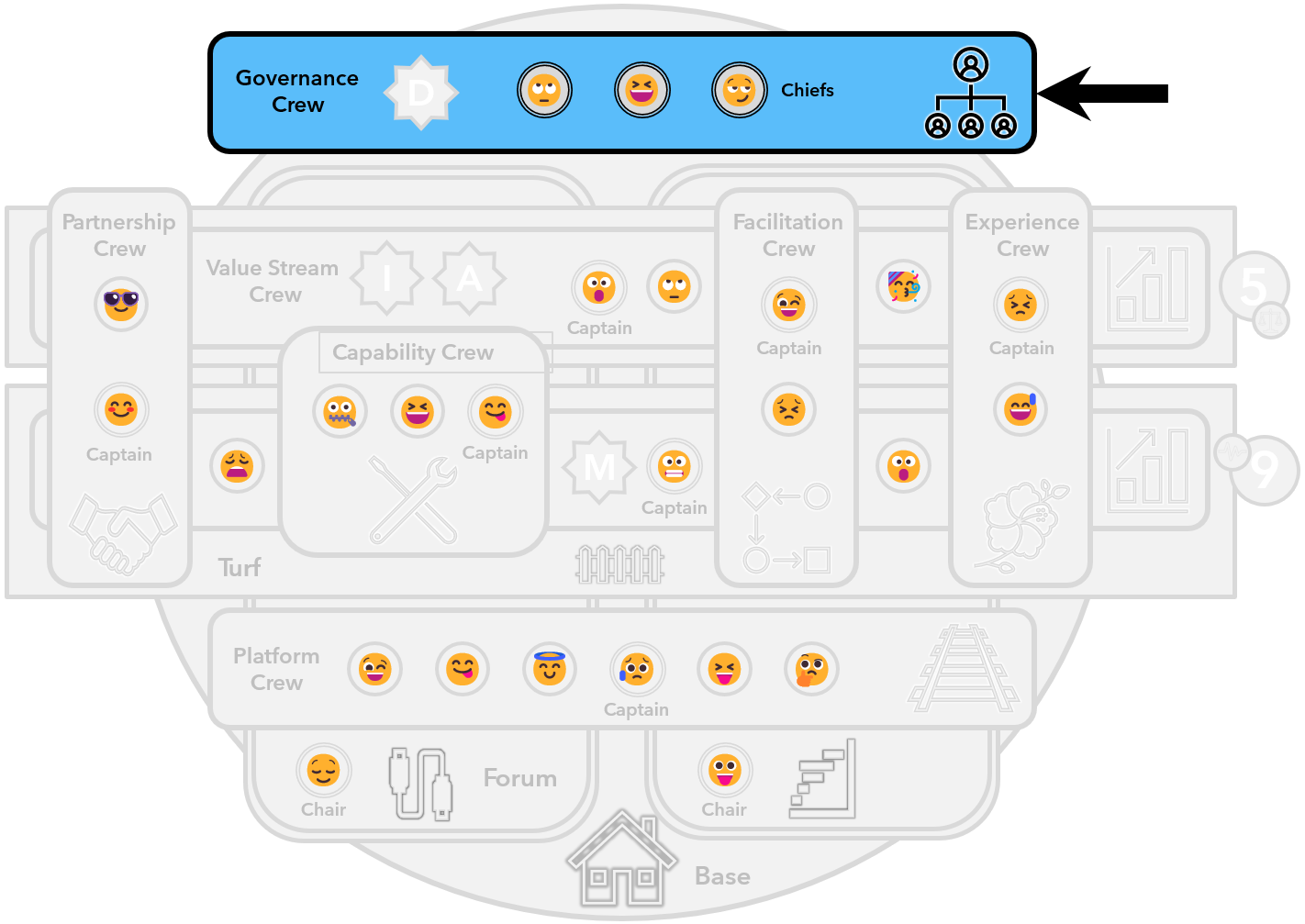
What Is unFIX?
Is it a method? Is it a framework? It’s unFIX!
How can we change an organization to be as adaptable and versatile as its environment? How can we get our company ready to survive and thrive in the 21st century? We need something that takes flexibility to a new level.
Let’s first explain what unFIX isn’t.
The unFIX model is NOT a framework. The definition of “framework” suggests an essential supporting structure. But there is nothing essential in unFIX. Everything is optional. A better description would be a pattern library.
The unFIX model offers NO processes. The purpose of unFIX is to cover only organization design patterns and organizational structure. It is easy to find great advice for processes from many other sources.
The unFIX model is NOT for IT only. Everything in the pattern library of unFIX could apply to many different departments, divisions, and companies. It has no built-in assumption of software development.
The unFIX model is NOT top-down. Unlike certain other models and frameworks, the pattern library of unFIX suggests a bottom-up approach. You cannot build something large. You must begin with something small.
The unFIX model is NOT a replacement. There are plenty of good things in other models and frameworks that should not be thrown away. We just hope that, with unFIX, you will unfix the bad parts and keep all the good bits.
Alright. That’s what unFIX is NOT.
Shall we now discuss what the model is? Okay, let’s go.
First, the unFIX model is a pattern library that provides many options for describing an organization design, ways of working within a team, decision-making, goal-setting, and more.
Think of the pattern options in the unFIX model as Lego blocks. Like these building blocks, they provide the flexibility to construct and adapt your organization according to your unique needs and preferences. We have a set of cards for each option to be used in workshops or as a knowledge base.
The most famous are the structural patterns and the visualization of an organization design.
So, let’s explore them.
The Structural Patterns for Organization Design
Crews
A Crew is a team that usually consists of three to seven people. Team members are mostly dedicated to their Crew, but it’s okay if they reserve a small part of their week for work on a Forum (see below).
There are seven kinds of Crews:
Value Stream Crew • Facilitation Crew • Capability Crew • Governance Crew • Platform Crew • Experience Crew • Partnership Crew
Crews can be any of the seven standard types. However, in a regular business, most Crews should probably be Value Stream Crews. These self-organizing, cross-functional teams manage their own meetings (planning, check-in, review, and retros); they manage their own documentation and releases, and they may operate according to a team agreement that defines team identity, shared rules, and more. But the unFIX model allows Crews that are not stream-aligned. There can be good reasons for adopting any of the other seven Crew types.
Value Stream Crews
A Value Stream Crew has end-to-end responsibility for a value stream. Its members are responsible for everything, from the moment they receive a customer (user) request to the moment they deliver value to the customer (user).
Value delivery can involve regular product releases or service upgrades as the value stream is typically either a product or a service. In general, your Value Stream Crews applies lean and agile practices, or methods such as Kanban and Scrum, to manage the continuous delivery of value. Process details are a matter for the Crews themselves, but your Governance Crew or a Forum can offer some guidance or even set constraints.
The goal of end-to-end responsibility for a value stream is that there are no handovers of work items between teams, which otherwise could make a business incredibly slow to respond to change. All that is needed for a Crew to deliver value should be within their span of control. For sure, there might be dependencies on other teams but negotiating or breaking these dependencies is within the power of the Crew itself.
Facilitation Crews
Sometimes, you need a Facilitation Crew whose sole purpose is to help other Crews do a great job. Such teams have no value stream of their own. Instead, they ensure that the Value Stream Crews in the Base can operate smoothly. Examples would be a team of Scrum Masters or agile coaches.
The work on a Facilitation Crew is typically a full-time job. The number of Crew members could be smaller than the number of Value Stream Crews, so each member of a Facilitation Crew might divide their time and availability across more than one team.
Besides coaches and facilitators, others who could organize themselves as Facilitation Crews are product managers, architects, and testers. On their own, they have little to do. Their work entirely depends on what happens on the value streams. That's where they contribute their value, and that's where they do their job.
Capability Crews
Sometimes, you have a few people with special skills that you cannot distribute across all Value Stream Crews in your Base. The expertise might be machine learning, cyber security, data analysis, and so on. You have eight value streams but only three of these experts, and you cannot spread three people over eight Crews. What can you do?
You can solve this problem by creating a Capability Crew consisting of people with advanced skills. Their goal is to assist the other Crews when their skills are needed. The experts will then (temporarily) work on those Value Stream Crews, but they are considered guest members. The situation is very similar to having external consultants with special knowledge working on your Crews for a while.
Platform Crews
In many Bases, the Value Stream Crews need to share a common architecture and infrastructure to do their work. For a while, you can achieve this with a Facilitation Crew that helps the value streams to maintain a library of shared services together. However, at some point, you will find that it's time to create a Platform Crew.
The goal of a Platform Crew is to offer shared services to the other Crews in a Base. Often, the services will be of a technical kind, including architecture and infrastructure, commonly provided through APIs. But it's also possible for them to be human services, such as lunch boxes, package deliveries, legal advice, receipt declarations, learning and development, and so on.
Experience Crews
Focusing on products instead of projects is not a good way to think more holistically as an organization. Your product team could be good, but your support team (or marketing team or finance team) might drop the ball and screw up the customer experience. Or your company offers more than one good product or service but switching between them as a customer could be frustrating.
The problem has long been recognized in the organization design community. The typical solution is to have a customer-facing "front team" whose goal is to optimize the entire customer journey and user experience in the case of touchpoints across multiple products and various channels. We call this the Experience Crew.
Partnership Crews
The Partnership Crew has an almost identical role as the Experience Crew. While the Experience Crew focuses on customers and users, the Partnership Crew keeps its focus on vendors, partners, freelancers, employees, and gig workers. Any person or entity that your company signs contracts with, through either procurement or human resources, could become the focus of attention of the Partnership Crew.
In many businesses, a Partnership Crew is likely to have low priority, which is a bad thing, in our opinion. Vendors, freelancers, and employees can make or break a company. If their experience is bad, they can decide to leave. How easily would the company be able to find alternatives? The only thing that keeps a bad company from imploding is employees and suppliers not walking away.
Governance Crews
The Governance Crew is the management team. It consists of several Chiefs who are the managers of everyone in the Base. In the case of a Base being one entire company, the Governance Crew is the executive team.
One responsibility of the Governance Crew is leadership: they set the vision and purpose for the Base; they decide on the business model and the domain; they discuss and plot the strategy, and they do their very best to make sure that all employees enjoy a feeling of belonging and recognition.
The other responsibility of the Governance Crew is, obviously, governance: the Chiefs set constraints on self-organization in the Base. They might decide which Crews and Forums exist, which people can lead them as Captains and Chairs, which Value Stream Crews are synced with a joint cadence, etc.
Bases
All Crews operate from a Base of between a handful to a few hundred people. This Base has a number of Crews of the seven standard Crew types organized around one or more value streams. The Base acts like a fully grown, independent business. It contains all the necessary skills to design, develop, and deliver products, from Design Thinking to DevOps and from Lean Startup to Lean Manufacturing.
Every person has a Base. It is their home. The Base offers its people a sense of purpose, belonging, and recognition. It provides comfort, personal safety, connectedness, a shared culture, shared toolsets, and career opportunities for all its workers.
A critical job of the Base is to continuously reorganize itself depending on the needs of the customer experience. We know that organizational structure is directly linked to product architecture. When the architecture needs to change, the organization needs to change. Therefore, the Base does everything it can to support its Crews in remaining flexible. This includes taking care of minimum standards and rules across all Crews so that reteaming is as painless as possible.
Forums
A Forum is a group consisting of people from various Crews. The name Forum indicates that its primary purpose is for like-minded workers to get together, talk, and make decisions together. There could be a DevOps Forum, a UX Forum, a Growth Hackers Forum, etc. In traditional organizations, the Project Management Office (PMO) could be turned into a Forum, and in more agile companies, the Product Managers could have their own Forum. The Chiefs of the Base might decide which Forums are needed because some Forums play an essential role in the organization’s structure.
Chiefs can delegate work to Forums, such as standardization, templates, toolsets, infrastructure, personal development, cross-team coordination, and so on. They can expect each worker in the Base to be a member of at least one Forum and to participate in the conversations and decisions that matter for their functional areas. The role of Forums is to be the connective tissue between the Crews.
Scaling Up
Dozens of Bases can collaborate in a League. Within a League, they might form Clusters (similar to people forming Crews). Some Bases could self-organize into a Value Stream Cluster, others into a Facilitation Cluster, a Platform Cluster, a Capability Cluster, etc. The League has its own management team (Governance Cluster) and is organized around co-dependent value streams or related customer experiences.
Similarly, cross-Base coordination can be handled in Assemblies (similar to people coordinating their work in Forums). These Assemblies are voluntary structures that enable the representatives from Bases to coordinate ways of working across the borders of a single Base.
We can even go another level up and say that dozens of Leagues might form a Crowd. The Leagues could self-organize and collaborate in Coalitions and coordinate their work in Congresses. Again, all earlier patterns repeat at the higher levels which makes the unFIX model self-similar across all scales. It is a fractal model.
Want to get more?
or
Get your business unstuck, unfixed.

Photo by Taiki Ishikawa on Unsplash














